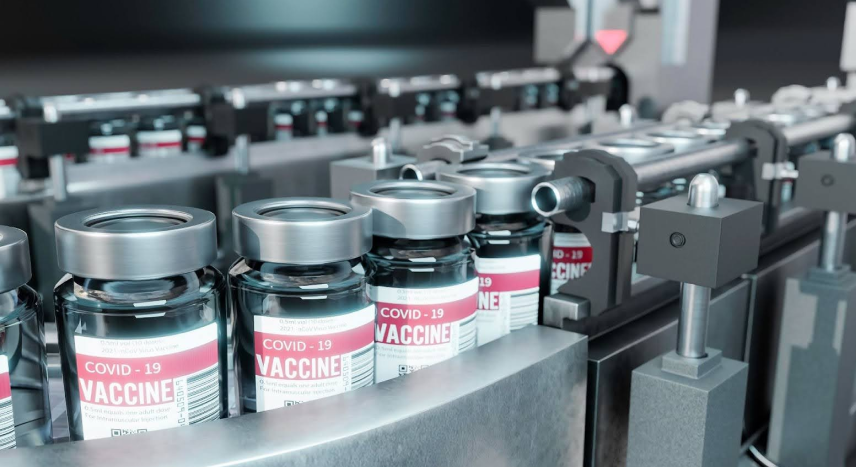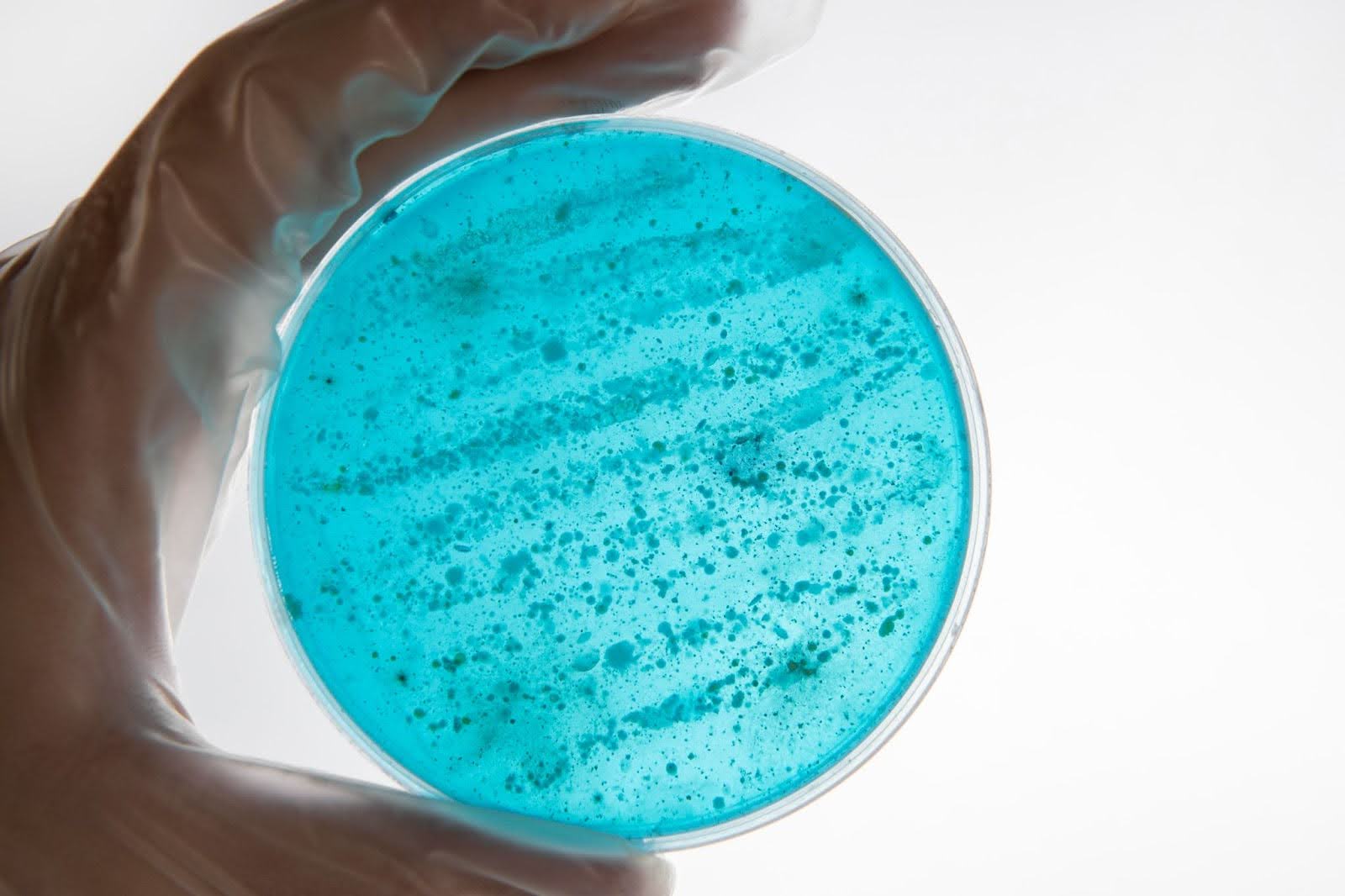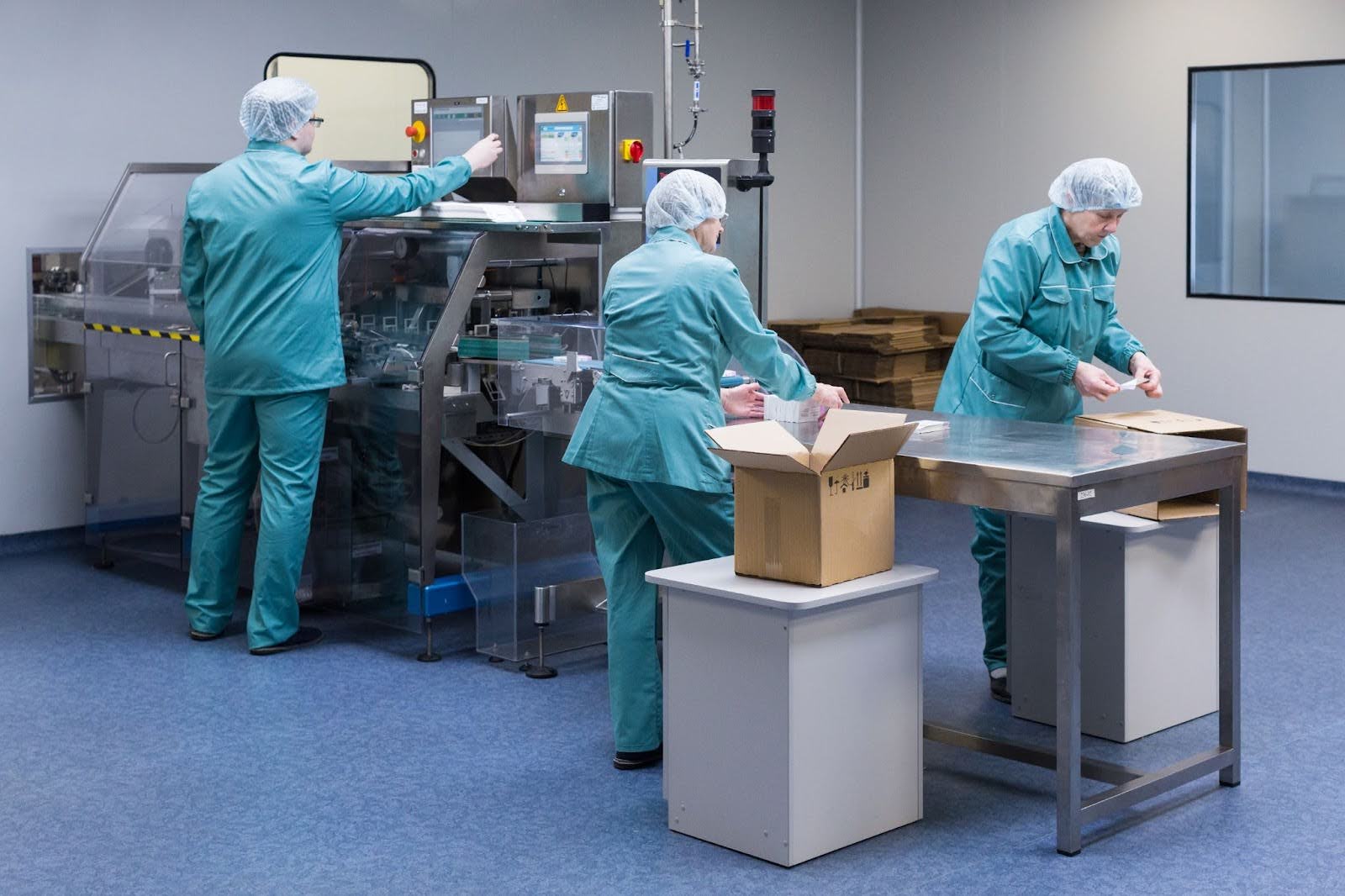by Mrudula Kulkarni
7 minutes
Bridging the Gap: CCIT’s Role in Complete Sterility Assurance
Discover how linking EM with CCIT transforms sterility assurance—bridging environmental control with product integrity.

In sterile manufacturing, confidence is everything. A single contamination event can undo months of effort, trigger costly recalls, and jeopardize patient safety. This is why cleanroom Environmental Monitoring (EM) and Container Closure Integrity Testing (CCIT) are two pillars of sterility assurance.
While often treated as separate disciplines—one focused on the cleanroom environment, the other on the final product—the reality is that CCIT serves as the critical bridge that links EM insights to a tangible guarantee of sterility.
Strong CCS-integrated outsourcing and tech transfer practices ensure that sterility assurance principles extend consistently across internal operations and external partners.
Why EM Alone Isn’t Enough
Environmental Monitoring tracks the microbial and particulate quality of the cleanroom, capturing data from surfaces, air, and personnel interactions. Integrating AI-driven rapid microbiological methods enhances EM accuracy and enables earlier detection of contamination events.
It’s essential for demonstrating control of the manufacturing environment. Yet, EM is probabilistic: it provides trends and early warnings, but it cannot confirm the sterility of each finished unit.
In other words: EM tells you the “weather” inside your cleanroom, but not whether a storm has already compromised your product.
Enter CCIT: Closing the Loop
Container Closure Integrity Testing steps in to provide that assurance. Whether it’s a vial, syringe, or advanced biologic delivery system, the closure system is the ultimate barrier between the product and potential contamination.
By validating that barrier through deterministic CCIT methods (e.g., vacuum decay, high-voltage leak detection, laser-based headspace analysis), manufacturers gain the missing link between environmental control and patient safety.
Where EM helps you maintain control of the “external world,” CCIT ensures that your product’s “internal world” remains untouched. Complementing both with rigorous media fill and aseptic process validation ensures the entire sterile process—environment and product—is performance-proven. Together, they close the loop on sterility assurance.
Regulatory Drivers: Why This Integration Matters Now
EU GMP Annex 1, revised in 2022, explicitly emphasizes a holistic Contamination Control Strategy (CCS). Regulators expect manufacturers to connect the dots across EM, process controls, and closure system integrity.
Relying solely on sterility testing is no longer acceptable; proactive, science-driven sterility assurance is the new standard. Continuous clean steam and WFI quality control also underpins this proactive approach, keeping critical utilities aligned with sterility goals.
This shift has pushed CCIT from being a “nice-to-have QA step” to a regulatory expectation—and a business-critical tool.
Business Value Beyond Compliance
CCIT isn’t just about satisfying auditors; it delivers real ROI:
- Reduced Recalls: Detect closure failures before they reach patients.
- Faster Release: Deterministic CCIT methods are faster and more reliable than destructive sterility testing.
- Brand Trust: Strong sterility assurance translates into stronger confidence from healthcare providers and patients.
By aligning CCIT with EM programs, companies can create a sterility assurance strategy that minimizes risk, maximizes compliance, and accelerates revenue realization. Leveraging AI-based microbial trend detection further enhances predictive insight between EM performance and CCIT outcomes.
Practical Integration: Building the Bridge
So, how do you ensure CCIT truly bridges EM and sterility assurance?
- Data Synergy: Integrate EM trend data with CCIT outcomes to identify correlations between environmental excursions and closure performance.
- Risk-Based Approach: Use EM insights to prioritize which product lots need heightened CCIT scrutiny.
- Lifecycle Thinking: Consider closure system design, supplier quality, and CCIT validation as part of a holistic contamination control strategy.
- Automation & Digital Tools: Modern CCIT systems generate electronic records that can be aligned with EM digital platforms, enabling predictive analytics.
Conclusion: From Parallel Lines to a Single Path
Environmental Monitoring and CCIT are sometimes seen as parallel processes, but in reality, they converge at a single goal: patient safety. EM shows that the cleanroom environment is under control; CCIT confirms that the final product remains protected.
Together, they provide the scientific assurance regulators demand and patients deserve. Addressing hidden microbial risks in pharma utilities closes the final loop between environmental control, product integrity, and utility reliability.
In today’s pharma landscape, CCIT isn’t just a test—it’s the bridge that transforms environmental data into true sterility assurance.
FAQs
1. What is CCIT and why is it important for sterility assurance?
CCIT (Container Closure Integrity Testing) evaluates whether a pharmaceutical container maintains a sterile barrier. It ensures no microorganisms, gases, or contaminants can enter, directly linking packaging performance to sterility assurance.
2. How does CCIT complement Environmental Monitoring (EM)?
While EM tracks the cleanliness and microbial state of the manufacturing environment, CCIT validates that the final container resists contamination post-fill. Together, they cover both “before” (production environment) and “after” (product barrier) of sterility assurance.
3. Why is CCIT considered a regulatory expectation?
Agencies like FDA and EMA emphasize CCIT as part of container closure validation and sterility assurance programs. It is explicitly mentioned in USP <1207> and Annex 1, making it a compliance necessity.
4. What are the main methods used in CCIT?
- Probabilistic tests (e.g., dye ingress, microbial ingress) – older, less reliable.
- Deterministic tests (e.g., vacuum decay, high-voltage leak detection, mass extraction) – now preferred due to higher sensitivity, repeatability, and quantitative data.
5. How does CCIT reduce sterility risk compared to sterility testing alone?
Sterility tests are destructive, probabilistic, and detect contamination only if it occurs. CCIT proactively validates barrier integrity for every container or sample batch, offering higher assurance against invisible leaks that sterility testing might miss.





